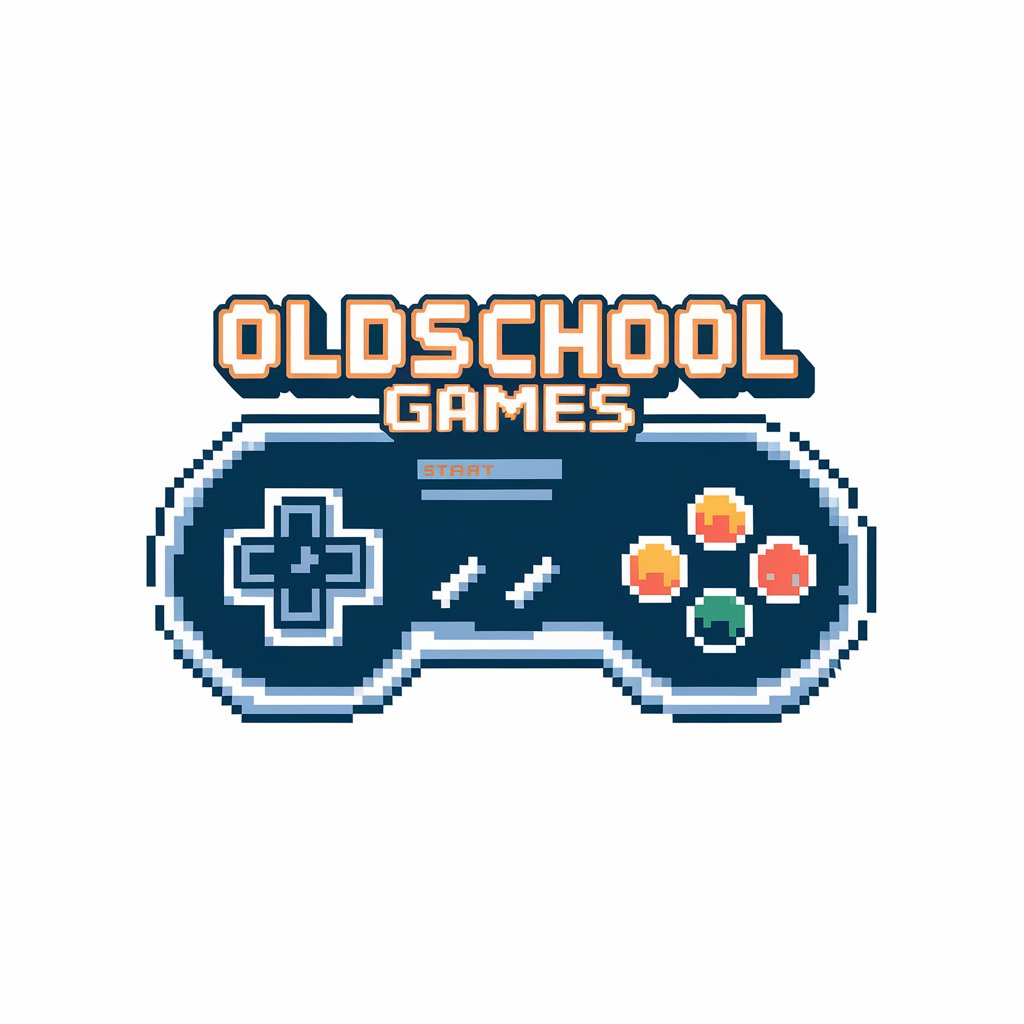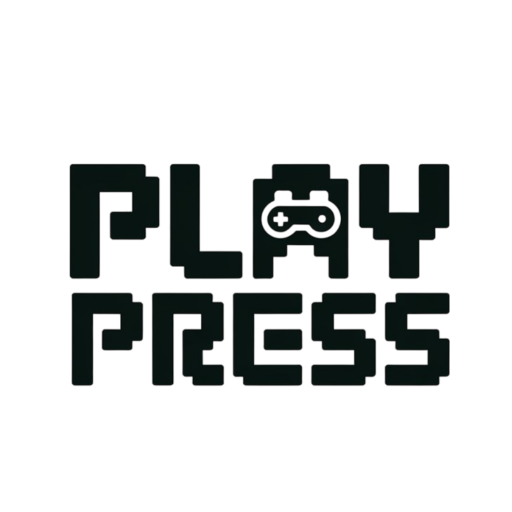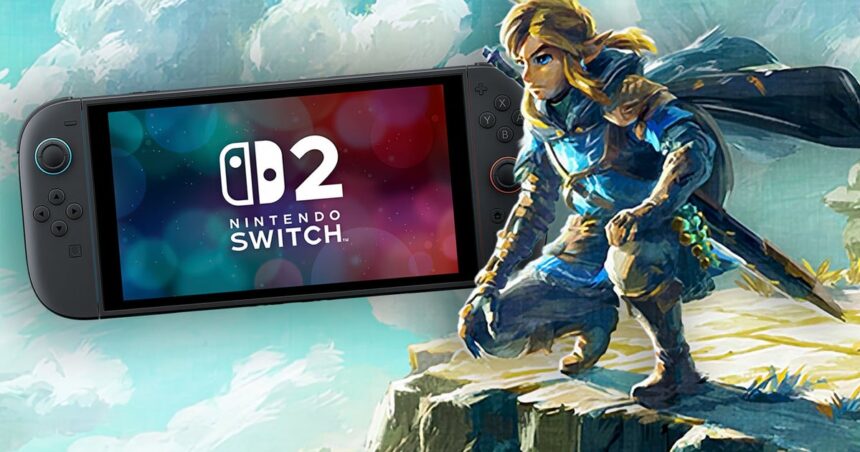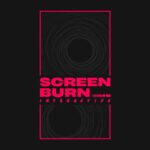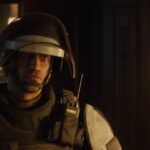Of all the Switch 2 upgrades we’ve reviewed to date, Zelda: Breath of the Wild and its sequel Tears of the Kingdom rank among the most satisfying. Both get a host of highly practical upgrades: boosted resolutions, a push to 60fps, improved visual settings, snappier loading times, HDR support and integration with a neatly presented Zelda Notes mobile app. Most of the visual tweaks are rather straightforward in nature, but the highlight is Tears of the Kingdom, for which Switch 2 makes a colossal difference in fixing the sub-30fps drops seen on original Switch hardware. Despite the more complex, physics-based contraptions possible in this 2023 follow-up, Switch 2 now allows for a convincing 60fps reading instead.
There is one catch however: these extras are not doled out for free. Unlike the automatic res and performance boosts possible playing certain other Switch 1 titles on Switch 2 hardware – like Super Mario Odyssey, for example – both Zelda games demand that you buy a specific Switch 2 Edition, or upgrade your original Switch version for $10/£8 via the eShop. It’s worth it, I’d say – especially for Tears of the Kingdom – but what precisely are we getting in return? What are the visual improvements, and resolution boosts for each game? And how drastic are the gains in frame-rate? Let’s find out.
Let’s tackle the comparisons head-on. Switch 2 keeps a dynamic resolution setup in place, as per the original Switch release, but with a higher range to better support 4K displays. On the original Switch for context, both Zelda titles target 1600×900 while in docked mode, with scope to drop to 1280×720 where the GPU is taxed.
The good news is that Switch 2 boosts those numbers drastically across both games, putting us at 2560×1440 at peak, with drops to 1440×810 in absolute extreme cases – like entering the Ultrahand view mode through a busy forested area. It’s worth noting that such low numbers like 810p are rare, but likelier in the more demanding sequel, while Breath of the Wild tends to veer closer to 1440p.
The upshot then is that in terms of raw pixel output, Switch 2’s freshly fabricated Tegra T239 chipset is leveraged to produce a sharper frame while in docked mode. It’s seriously great stuff: key landmarks across Hyrule’s skyline are easier to decipher, and likewise for collecting items, like misfired arrows on the floor, the res boost is a great help.
One odd quirk is worth mentioning here. In Tears of the Kingdom, it’s been noticed that the resolution will at times suddenly tank to a low value, even if briefly, during cut-scenes. For a few frames during a camera view change, the frame flips to a blurrier 810p output, and then quickly restores to native 1440p once again. So, if you do notice the image arbitrarily softening and sharpening at points, this is why. Perhaps it’s a bug, or a byproduct of the game’s DRS system handling changes in camera view, but thankfully controllable gameplay isn’t affected.
Speaking more generally, the resolution upgrade translates to the handheld experience on Switch 2 as well. We go from a 1024×576 to 1280×720 range on the original Switch versions, up to 1152×648 to 1920×1080 range on Switch 2. That 648p low point , again, triggers while using the Ultrahand ability in complex spaces – though Switch 2 often hits a native 1080p in more barren open world areas and shrines.
To see this content please enable targeting cookies.
There is one further downside sadly. While Switch 2’s resolution boost is a great foundation for its image quality overall, anti-aliasing in both Zelda titles ranges from ineffective to virtually non-existent, often leaving pixel crawl in view. Looking at Tears of the Kingdom’s ‘Intellectual Property Notices’ page in fact, there’s evidence to suggest Switch 2 is still using AMD’s FSR1 upscaling tech seen on the original Switch. And meanwhile, there’s no mention of any upscaler in Breath of the Wild’s notes – which makes sense given that the game originally pre-dated FSR1’s release. In that case we appear to have a generic bilinear upscale on the original Switch, which translates to the Switch 2 version. The point being: there’s no sign of Nvidia’s DLSS or any more recent upscaling tech in either game, which is a missed opportunity given the hardware support for it.
The use of FSR1 – in Tears of the Kingdom’s case at least – allows for a spatial upscale and some image enhancements – but it lacks the temporal data drawn from multiple frames to intelligently treat that aliasing: the pixel crawl, and visual noise. Again, it’s a missed opportunity, and leaves a lot of distracting flicker in view, though the res boost alone – up to 1440p at peak – does go a long way to improve visibility over the original Switch versions at least.
Looking beyond resolutions there are several graphics improvements on Switch 2. Firstly, textures across the environment are replaced with higher resolution assets. It means that the install package of the Switch 2 Edition inevitably balloons in size: Breath of the Wild expands from 14GB in its original state to 24GB, while Tears of the Kingdom goes from 16GB to 20GB. This new install is perhaps what distinguishes both Zelda games from most free upgrades for Switch 2 – and the results speak for themselves. Everything from grass, brickwork, cloth, the materials on the towers, and even weapon and shield designs sport a sharper design. Characters are less evidently improved, given their flat, cel-shaded aesthetic which already scales well to a 4K display, but any surface with busier texturing benefits from Switch 2’s larger 9GB of usable RAM. Texture filtering is sadly still stuck on a low anisotropic filtering (AF) setting, with an obvious blur to the ground ahead, but the overhauled materials are crucial in matching the higher resolution window on Switch 2.
| Native Resolution | Switch 1 | Switch 2 |
|---|---|---|
| Docked | 1280×720 – 1600×900 | 1440×810 – 2560×1440 |
| Portable | 1024×576 – 1280×720 | 1152×648 – 1920×1080 |
Next along, there’s the boosted shadow quality. Both Breath of the Wild and Tears of the Kingdom use a day-night cycle, with all shadows dynamically casting from terrain, swaying trees and characters. However, rendering shadows in real time is a taxing endeavour, and on the original Switch these shadows run at a low resolution, creating flicker on movement. Plus, an obvious filtering cascade is deployed that causes shadows to appear blurred and degraded in quality further away. Switch 2 addresses this to an extent by increasing the resolution of nearby shadows: they’re cleaner, sharper, and the boost is immediately evident in Tears of the Kingdom’s Great Sky Island area. Even with this boost though, shadows flicker quite visibly on Switch 2 with an obvious shadow filtering cascade line. It must be said that shadows are still the roughest and most distracting part of the visual package in both Zelda games – even in their Switch 2 form today.
Related to shadows, another significant change is in Switch 2’s ambient occlusion. This primarily affects the shading of interiors, with more prominent pockets of shade now filling out the gaps in the walls. The original Switch release always had SSAO in place to add depth to the scene, but the effect is now thicker and fuller on Switch 2 in these same moments.
Rounding out, a final word on the game’s draw distances while exploring Hyrule. In matching runs across terrain, you’ll notice that tree and geometry LODs swap between quality levels at the exact same point in the world on both systems. It suggests a very limited change in LOD setup for the Switch 2 Edition at best. There are instances where grass draws slightly further afield on Switch 2, or a bit of geometry might load in faster, but for major elements like bushes, trees, rocks, the draw distance is often identical.
Moving on to performance testing, let’s start with the bigger stress test of the two games: Tears of the Kingdom. The fact of the matter is that this latter-day Switch release truly pushes the CPU limits of the original console. The game’s Ultrahand ability, plus the fusing together of parts to forge custom contraptions, spells disaster for the original Switch’s frame-rate at points. Open world spaces often run well enough at the target 30fps, but throw these abilities into the mix – even as early as the opening Sky Island tutorial – and we’re running at a flat 20fps instead due to the double-buffer v-sync. It’s not simply physics-based stuff, either, as battles run poorly on the original system and simply striking an enemy can cause frame-drops. Tears of the Kingdom saw Switch out of its depth in 2023 for these moments, and more so than the original game, it was crying out for a generational leap in hardware to fix it.
Running all the very same scenarios over again on Switch 2, it’s problem solved. More than that, in fact: the doubling in frame-rate to 60fps is capably held up in early battles, alongside the use of that Ultrahand ability. Switch 2’s lock at 60 barely wavers here, and while the vast scope of the game – plus the myriad ways you might use the Ultrahand later on, with contraptions downloaded from the Zelda notes app – could lead to drops, the outlook is very positive early on. Based on the opening five to six hours, leading to exploration around Hyrule on the ground level, it feels transformative coming from the 30fps on the original Switch. The Sky Island tutorial plays out like an early stress test, forcing you to build all manner of boats and rail-carts, but even here there’s only the briefest blip under 60fps.
Tracking back to Breath of the Wild, the 2017 game doesn’t push the original Switch quite as hard. Fully patched today, it’s also in a much better optimised state than at launch, and so re-testing key areas like Zora’s Domain or Kakariko Village which did drop on release, we’re now looking at a better 30fps lock. That being said, it’s easy to trigger sub-30 drops on the OG Switch by exploding barrels near clusters of enemies (or switching back and forth to the telescope view), and it’s here that the Tegra X1 struggles. Swapping over to Switch 2, the situation is straightforward: we’re getting a flat 60 in all these same key areas, and given the fewer variables in its physics-based puzzling, the chances of a hard drop are lessened too. It’s worth stressing that performance in both games holds up just as well on Switch 2 while in portable mode. Frame-rate testing isn’t currently viable in its handheld state – given that there’s no 60fps video feed we can use to track drops – but going by eye this is just as robust as the docked experience.
| Load time (s) | Switch 1 | Switch 2 |
|---|---|---|
| BOTW Great Plateau Tower – Initial Load | 23.23 | 11.18 |
| BOTW Shrine of Resurrection – Fast Travel | 19.20 | 11.75 |
| TOTK Lookout Landing Skyview Tower – Initial Load | 26.76 | 8.01 |
The icing on the cake is the promise of speedier loading times, and Switch 2 delivers here. With the digital version installed to each console’s internal storage, it takes Switch 2 just 11 seconds to finish an initial load to the Great Plateau Tower versus 23 seconds on the original Switch, halving the wait. Better yet, for fast travel between shrines, this is bigger boon for overall playability. Fast travelling to the Shrine of Resurrection takes Switch 2 a similar 11 seconds, while the original Switch model eventually loads in at 19 seconds. Curiously, a test of Tears of the Kingdom reveals an even starker improvement: Switch 2’s initial load to the Lookout Landing Skyview Tower takes eight seconds, which is a third of the wait compared to the original Switch at 26 seconds. The bandwidth to Switch 2’s internal storage is a clear advantage in this sense, but it’s all the more impressive given that Switch 2 is loading more data into RAM in the form of those higher quality textures.
The upgraded Switch 2 Editions of Zelda: Breath of the Wild and Tears of the Kingdom justify the cost of entry – but there are limits to their ambition. The good news is that, for those who held off playing this new wave of Zelda titles until now, Switch 2 offers a perfect jumping-on point. The boost to 60fps, especially in Tears of the Kingdom where it’s been so greatly needed, is a huge leap over the original Switch’s 20-30fps range. However, and despite the embellishments in texture and shadow quality, rough points do remain in both games. Aliasing is still an issue for Switch 2, with pixel crawl in view not helped by a rudimentary upscale in both games, and there’s plenty of flicking on shadows as well. It’s a shame that Nintendo didn’t push to address these issues.
Still, the benefits of the Switch 2 upgrades stand as a heavy counterweight to any critiques we might have. These are Game of the Year winning titles for their respective years of release, after all, and in enhanced form, only add to a growing list of reasons to jump to Nintendo’s new machine.
